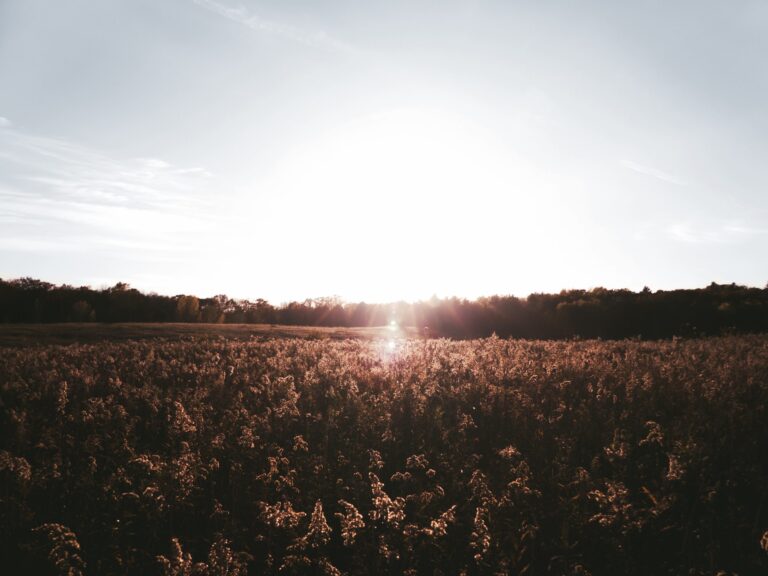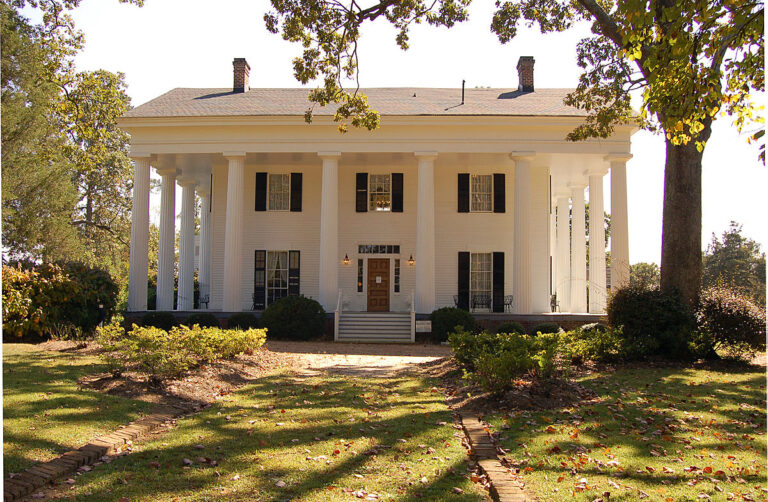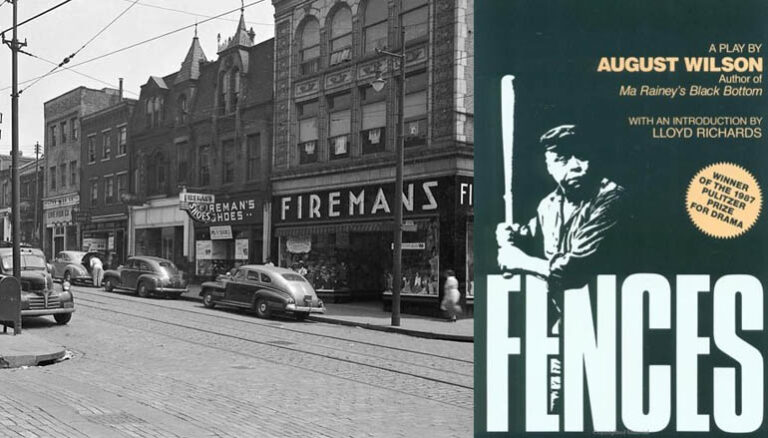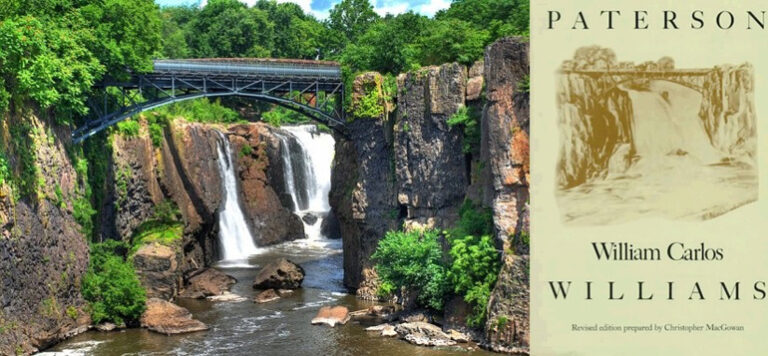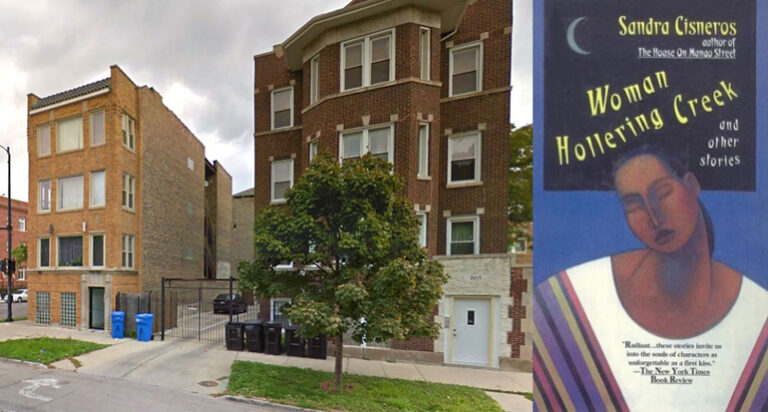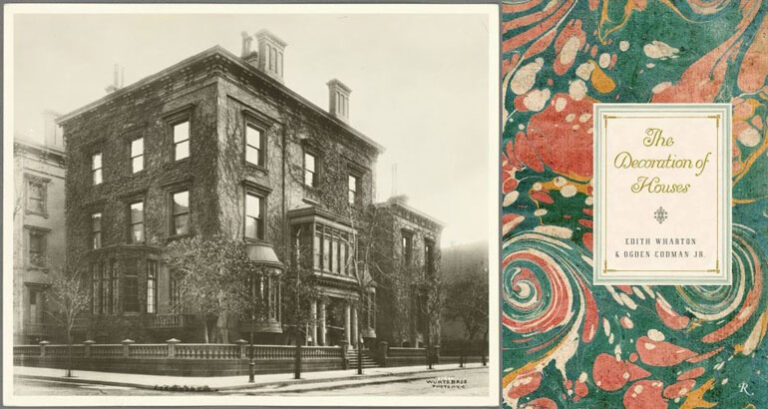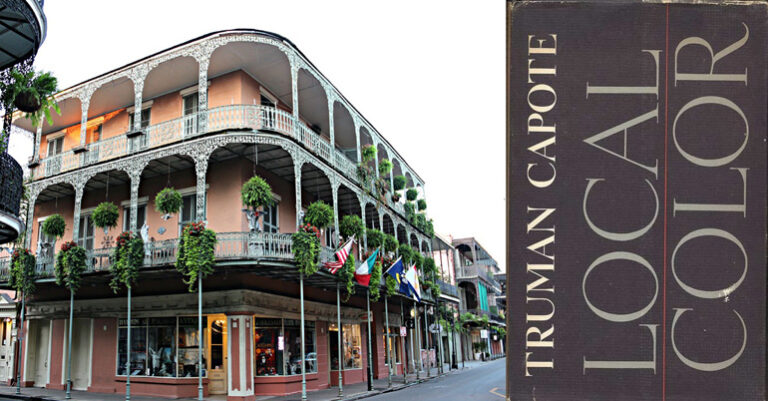The Limits and Freedoms of Literary Regionalism: Defining Homeland in Sherman Alexie’s Stories of the Pacific Northwest
Sherman Alexie, arguably the most recognized Native writer, has brought both visibility to his hometown and the home of his ancestry. Born in Spokane, Washington to a member of the Coeur d’Alene tribe, Alexie weaves decidedly non-universal narratives, choosing instead to celebrate the specificity of his people in Spokane and Seattle.

